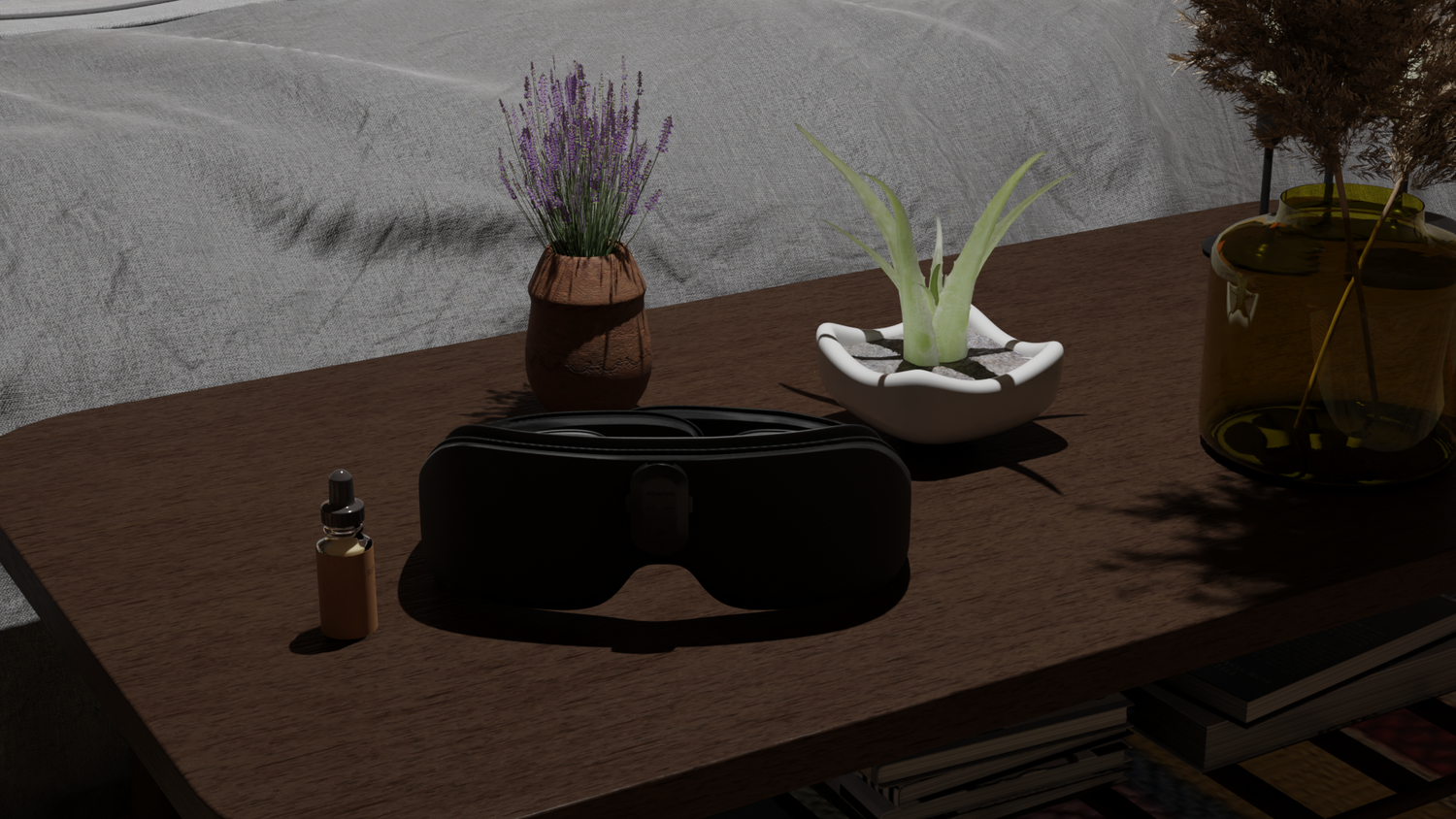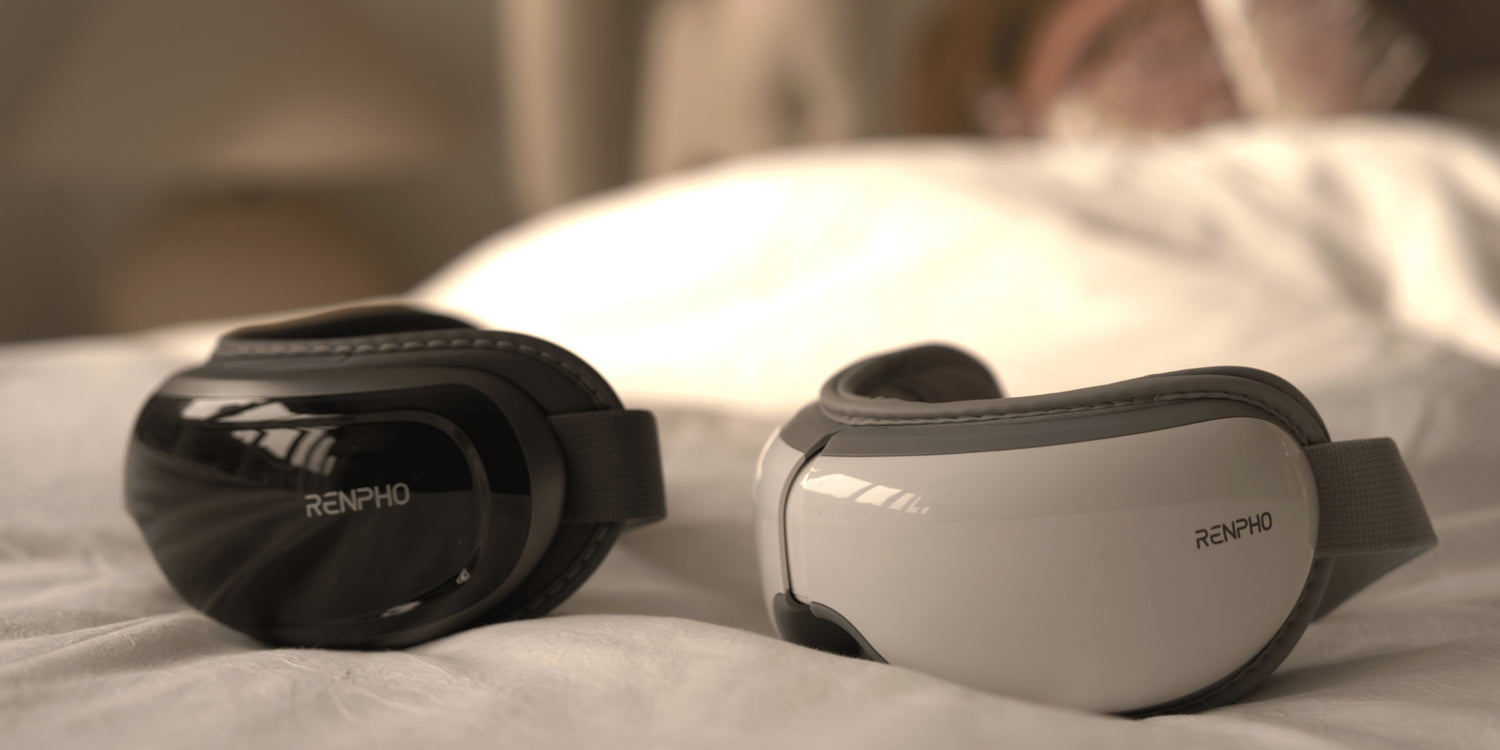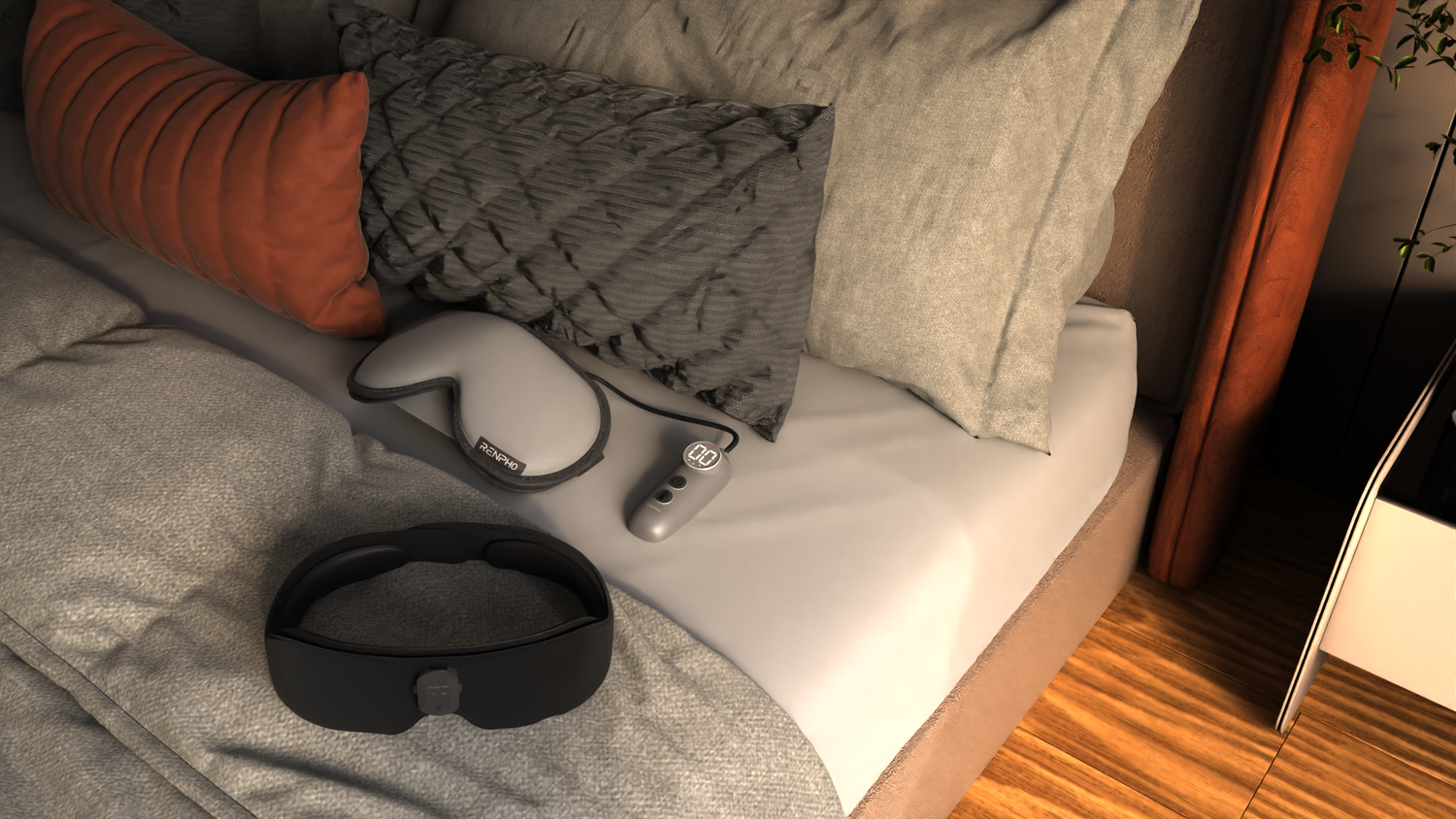Eyes in the Frost: 7 Winter Eye Concerns and How to Address Them

Stay tuned to our latest news
Winter may be a wonderland, but it can also wreak havoc on your eyes. The low humidity, the glaring sun, and the endless hours of Netflix can all take a toll on your eye health and comfort. You may notice that your eyes feel more dry, irritated, or tired than usual, or that your vision is not as clear as it should be. These are signs that your eyes are suffering from the winter woes, and that you need to take some extra care of them. Here are seven common eye problems that you may face in the winter, and how to fight them.
1. Dry Eyes

One of the most common winter eye problems is dry eyes. The low humidity and the indoor heating can reduce the moisture in your eyes, making them feel irritated, itchy, and red. To prevent and treat dry eyes, you can:
- Use artificial tears or eye drops to lubricate your eyes. Choose preservative-free products to avoid irritation.
- Use a humidifier or a bowl of water to add moisture to the air in your home or office.
- Blink more often, especially when using digital devices, to prevent your eyes from drying out.
- Drink plenty of water to stay hydrated and keep your eyes moist.
2. Snow Blindness
Snow blindness, or photokeratitis, is a temporary condition caused by overexposure to the sun’s UV rays. The snow reflects up to 80% of the UV rays, which can damage the surface of your eyes and cause symptoms such as pain, blurred vision, sensitivity to light, and tearing. To prevent and treat snow blindness, you can:
- Wear sunglasses or goggles that block 100% of the UV rays whenever you are outdoors in the snow. Choose wraparound or large frames to protect your eyes from all angles.
- Avoid looking directly at the sun or the snow, especially during the peak hours of 10 a.m. to 4 p.m.
- If you experience snow blindness, seek medical attention as soon as possible. You can also apply a cold compress, use artificial tears, and avoid rubbing your eyes to ease the discomfort.
3. Allergic Conjunctivitis

Allergic conjunctivitis, or eye allergies, is a condition where your eyes become inflamed and irritated due to an allergic reaction. Some common triggers of eye allergies in winter are dust mites, mold, pet dander, and pollen. To prevent and treat allergic conjunctivitis, you can:
- Avoid or minimize contact with the allergens that cause your symptoms. For example, you can dust and vacuum regularly, wash your bedding in hot water, and keep your pets away from your bedroom.
- Use antihistamine eye drops or oral medications to reduce the inflammation and itching. Consult your doctor before using any medication, especially if you have other health conditions or are pregnant or breastfeeding.
- Apply a cold compress, use artificial tears, and avoid rubbing your eyes to soothe the irritation.
4. Styes
A stye, or hordeolum, is a small, painful bump that forms on the edge of your eyelid. It is caused by a bacterial infection of the oil glands in your eyelid. Styes are more common in winter because the cold weather can lower your immunity and make you more prone to infections. To prevent and treat styes, you can:
- Practice good hygiene and avoid touching your eyes with dirty hands. Wash your hands frequently and use a clean towel to dry them.
- Remove your eye makeup before going to bed and avoid sharing your makeup or makeup tools with others.
- Apply a warm compress to the affected area for 10 to 15 minutes, three to four times a day, to help the stye drain and heal faster.
- Do not squeeze, pop, or puncture the stye, as this can spread the infection and cause complications.
- If the stye does not improve within a week, or if you have other symptoms such as fever, swollen lymph nodes, or vision problems, see your doctor for treatment.
5. Chalazion
A chalazion, or meibomian cyst, is a small, painless lump that forms on the upper or lower eyelid. It is caused by a blockage of the oil glands in your eyelid. Chalazions are more common in winter because the cold weather can make the oil in your glands thicker and harder to secrete. To prevent and treat chalazions, you can:
- Follow the same hygiene and makeup tips as for styes, as they can help prevent chalazions as well.
- Apply a warm compress to the affected area for 10 to 15 minutes, three to four times a day, to help the chalazion soften and drain.
- Gently massage the eyelid with your clean finger to stimulate the oil flow.
- Do not squeeze, pop, or puncture the chalazion, as this can cause scarring and infection.
- If the chalazion does not improve within a month, or if it interferes with your vision, see your doctor for treatment.
6. Corneal Abrasion

A corneal abrasion, or scratched eye, is a wound on the surface of your eye caused by a foreign object, such as dust, sand, or ice. The winter weather can increase the risk of corneal abrasions, as the wind can blow debris into your eyes and the snow can create glare that can impair your vision. To prevent and treat corneal abrasions, you can:
- Wear sunglasses or goggles that protect your eyes from the wind, the snow, and the UV rays when you are outdoors in the winter.
- Avoid rubbing your eyes if you feel something in them. Instead, blink several times or rinse your eyes with clean water or saline solution to flush out the foreign object.
- If you wear contact lenses, remove them immediately and do not wear them until your eye heals.
- If you suspect you have a corneal abrasion, see your doctor as soon as possible. You may need antibiotic eye drops or ointment to prevent infection and speed up the healing process.
7. Dry Eye Syndrome
Dry eye syndrome, or keratoconjunctivitis sicca, is a chronic condition where your eyes do not produce enough tears or the tears evaporate too quickly. This can cause your eyes to feel dry, gritty, burning, or stinging. Dry eye syndrome can be worsened by the winter weather, as the cold, dry air and the indoor heating can reduce the tear production and quality. To prevent and treat dry eye syndrome, you can:
- Follow the same tips as for dry eyes, as they can help relieve the symptoms of dry eye syndrome as well.
- Use artificial tears or eye drops that are specially designed for dry eye syndrome. These products can help restore the balance and quality of your tears and protect your eyes from further damage.
- Use eye ointments or gels at night to provide extra lubrication and prevent your eyes from drying out while you sleep.
- Talk to your doctor about other treatment options, such as punctal plugs, prescription eye drops, or surgery, if your dry eye syndrome is severe or does not respond to other methods.
Try an Eye Massager for Your Winter Eye Concerns
Eyes feeling puffy, dry and tired from stress, lack of sleep, and winter weather? Pamper yourself with this heated eye massager that's earned over 15,200 five-star reviews on Amazon and will provide a soothing, constant warm compress for improved eye circulation. It also comes equipped with a Bluetooth functionality, so you can listen to your favorite playlist or podcast as you relax and rejuvenate.
@iamshnims Promo code: NIMZ10 Game changer 🙀 @RENPHO ♬ original sound - Nimz
According to one shopper on Amazon, "I love this eye massager. I was hesitant at first to purchase this but I am not disappointed. I was beginning to wake up lately with darker circles than usual and extremely puffy eyes. I have used this every morning and my puffy eyes have disappeared. My dark circles are much lighter, and my under eye area feels firmer. It truly works!"
Renpho Health Tips
-

The Art of Bathing: Creating a Relaxing and Rejuvenating Experience
February 18, 2024
Read more >
-

Protecting Your Eyes: Do Sleep Masks Really Cause Dry Eyes?
February 13, 2024
Read more >
-

The Art of Self-Care: How Social Media Inspires Eye Wellness
February 4, 2024
Read more >
-

Pros and Cons of Using an Eye Mask Before or After Shower
February 1, 2024
Read more >
-

The Science of Beauty Sleep: Understanding the Purpose of Sleeping Masks
February 5, 2024
Read more >




